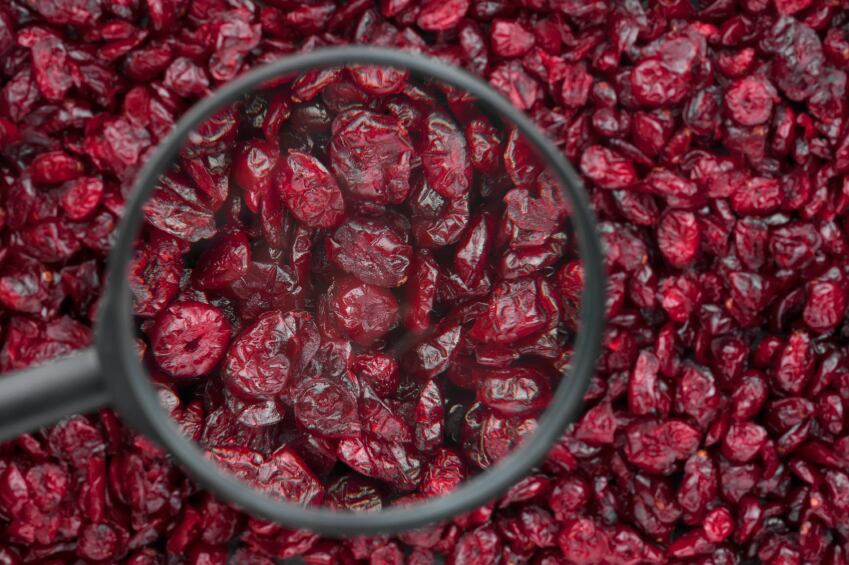The draft specifies PAC-based medical devices and notes that French authorities which stripped French player Arkopharma of its medical devices status in 2014 for a lack of data, made the demand to the EC to similarly remove all PAC-based cranberry medical devices across the 28-nation EU bloc.
The EC move was welcomed by Gunter Haesaerts, the president of French cranberry supplements manufacturer, Pharmatoka, and long-time critic of the medical devices route being pursued by supplements making stronger claims than those rejected under the strict EU nutrition and health claims regulation (NHCR) since 2008.
All cranberry claims have been rejected by the European Food Safety Authority (EFSA) under the NHCR, a situation that provoked the likes of Arkopharma to pursue the medical devices route a few years ago. Dutch firm Medical Brands was another that launched cranberry medical devices products around then after several years of research and development.
The shift raised concerns among many EU MEPs and so the medical devices directive is set for revision this year and the sector expects its products will require a higher level of scientific backing under class III of the reformed directive.

Medical Brands marketing strategy manager Victoria Fedorova told us that actions related to Article 13 of the medical devices directive are based on the draft definition of pharmacological mode of action, which is yet to be finalised.
If the draft is approved, PAC-based cranberry medical devices will disappear from the market and cranberry medical device manufacturers will have to decide whether to reclassify them as medicinal products, or develop non-PAC based medical devices. Medical Brands says the proprietary science backing its class IIb cranberry-UTI products is not PAC-based, rather based on other cranberry compounds.
Fedorova said the draft was not yet implemented and may be influenced by parallel discussions occurring at EU level with regards to Rule 21 of the reformed directive and yet to be agreed definitions of metabolic, physiological and pharmacological mode of actions.
Rule 21
Rule 21 defines what a substance-based medical device can be. It has been the hottest point of contention in medical device revision discussions and highlighted the difficulty in classifying a range of products as broad as nasal sprays, eye drops, topical creams and traditional pills and food supplements.
There are several categories of risk within the medical devices legislation, and it is likely the amendments as they stand would push many products to a higher risk classification meaning that class I and class II substance-based medical devices may cease to exist as they will all have to meet class III requirements
There will be a 5-year transition once the revised directive goes live although John Wilkinson, director of medical devices at the UK MHRA (Medicines and Healthcare products Regulatory Authority), has noted many applications would address the regulation immediately once it entered EU lawbooks.
